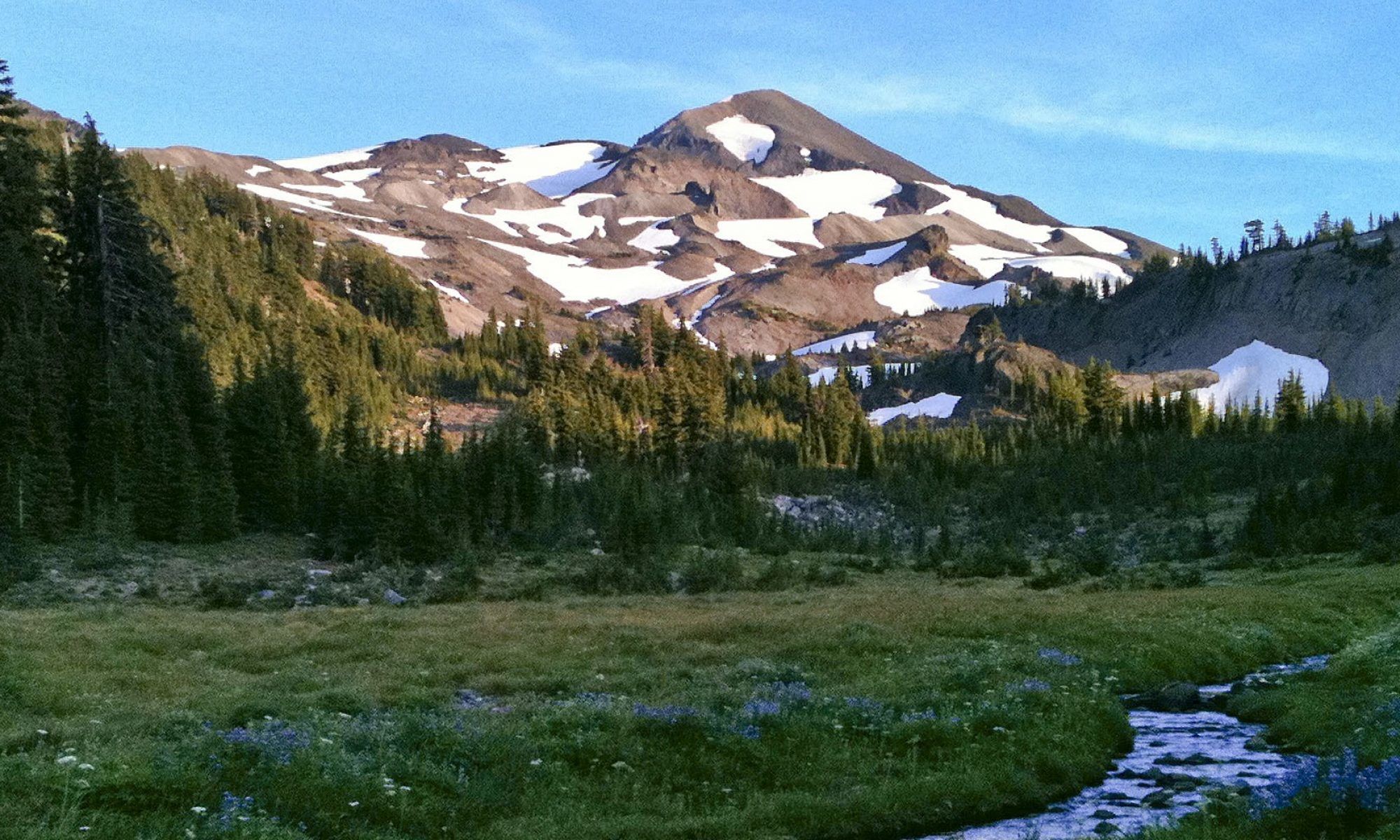We live in a society that has trained us to eat meat on a daily basis. Fortunately we are moving away from this paradigm, as we have learned it is both unnecessary and problematic to the long-term health of our planet. That being said, when we are in a survival situation it may become necessary to our survival to harvest some fauna from the earth. Chances are you will not be packing around your hunting gear, if you even have any, when the need arises. So this will focus on methods that use your natural surroundings and a few basic tools.
There are many types of traps at your disposal. Snares, deadfalls and pits to name a few. If you are reading this I am assuming you have a certain level of readiness, like a pocket knife and some paracord.
Lets talk about snares, the two we will talk about today are spring snares and drag snares. Of these the spring snares are the most complicated of the two.
This is an illustration of what I call a drag snare. it is designed so that all that is needed is a well placed loop of cordage and the animals instinct to flee for successful operation. If you look closely you will see the loop is fashioned with a slip knot that will become tight when strained. This ensures that your prey does not escape. Placement is the key ingredient to success. Try to find an animal trail and place the loop so that your prey will pass through it while traveling normally. Make the loop the size of your intended prey. 3-4 inches for rabbits 2-3 inches for squirrels. You don’t want to catch a bear.

spring snare is quite effective but way more complicated in the setup and reduces your chances of releasing an unwanted captive, as it is more aggressive. But it tends to be more successful because it uses the critters body weight to maintain tension on the snare once it is tripped.
The single most important message I want to pass on is;
Traps are indiscriminate and must not be forgotten!
If we decide we need to set traps for our survival, we must be responsible in their placement and management. Taking life to maintain yours should never be taken lightly, be a good steward.
As alway,
Stay Vigilant and Be Prepared













You must be logged in to post a comment.